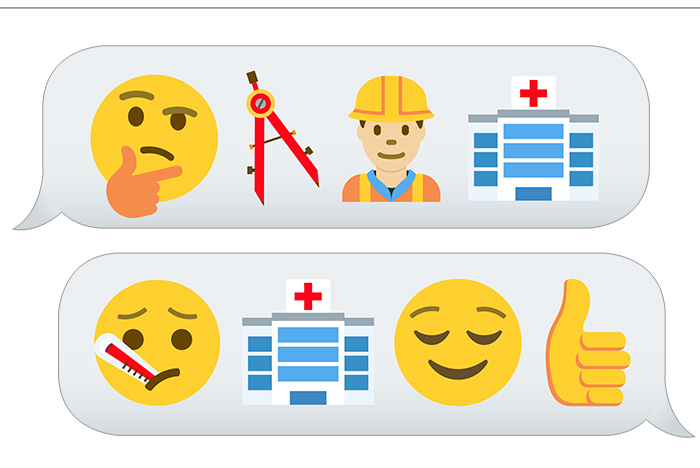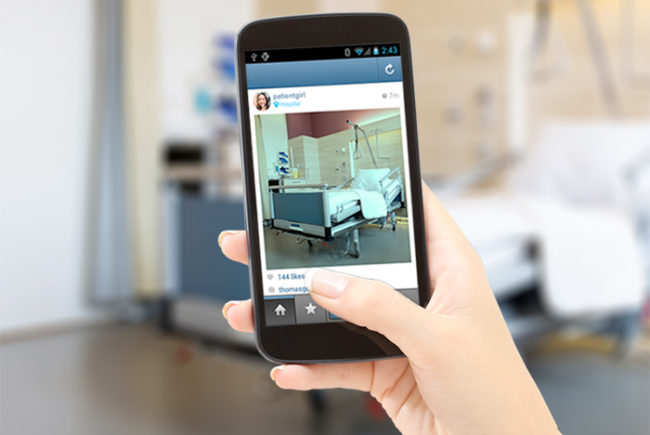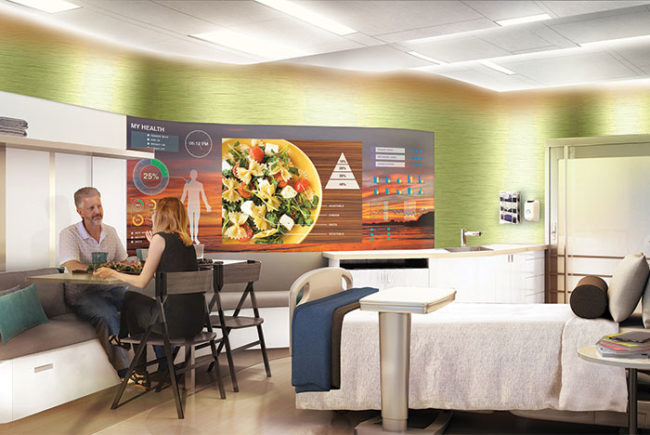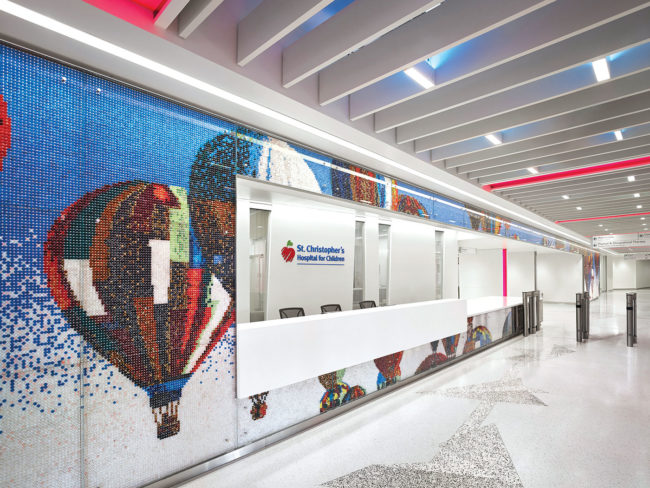
Reasonable wait times and quality Wi-Fi are two factors that millennials surveyed about recent clinic experiences indicated are critical to their likelihood of returning to a facility. Upali Nanda, associate principal and director of research, HKS Inc., says applying this information to facility design can improve patient satisfaction and put wait time to productive use.
“Oftentimes, when we focus on eliminating wait, what we do is we pull it out of the waiting room and push it into the exam room or other areas. We just make people wait in different places. So, we need a paradigm shift. We need to eliminate waiting from our vocabulary and think of value-added time,” says Nanda. “Millennials want an enhanced experience. The health care [field] wants to reduce chronic diseases. We have this whole push toward population health so that we can keep people out of the hospital. So why aren’t we leveraging waiting time for a better purpose, one that is about more than waiting?”
Waiting is an opportunity for caregiving. From the moment people enter a health facility, they should feel taken care of every step of the way, Nanda says. “They should think, 'I feel like my needs, my wants, my unique health requirements are all somehow accommodated in this facility.’ And that’s a huge design opportunity,” she adds. Instead of waiting areas, health care organizations can provide resources for people to plug in and work, enjoy online social networks and entertainment options or access health information and become empowered.
According to Nanda, wait time can be repurposed to make every touch point in the facility more meaningful. “When you think of it that way, then it all becomes value-added time, and patients leave the visit with not just the interaction with their physician, but with everything else we’ve added to the encounter to make it better,” she says.
She points to the design of the Genius Bar in Apple Inc. retail stores as a good example of this type of thinking. People waiting for technical support at a Genius Bar can spend their time browsing products, using devices or learning about new technologies. In this type of environment, “you wait, but you don’t realize you’re waiting, because you’re doing things. You’re engaged,” Nanda says.
Amy Eagle, a freelance writer based in Homewood, Ill., specializes in health care-related topics. She is a regular contributor to Health Facilities Management.






